Table of Contents
How to Propagate Spider Plant (Chlorophytum) in Water
Chlorophytum comosum, popularly known as Spider Plant, is a perennial plant, well-adapted to desert climates, native to South Africa. In the following paragraphs, we explain How to Propagate the Spider plant in Water and after rooting it in water, transfer it to the soil and take care of it in this first stage.
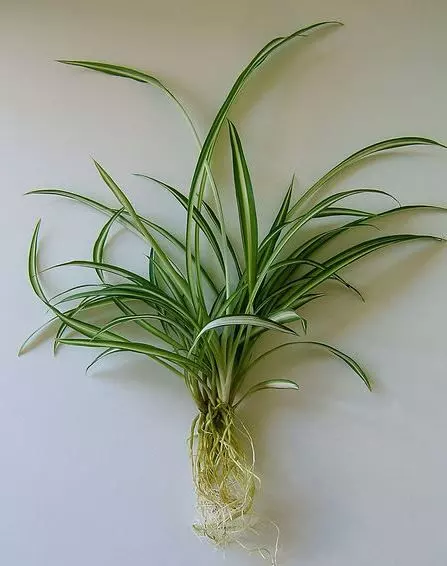
Propagating the Spider Plant in Water
First, find a small container. Put water in it and cover the opening with clear plastic. Secure it with an elastic band.
Then, disinfect the scissors with alcohol before use.
Cut the stolon and separate the sprouts from the mother plant. Do not cut the stolon too close to the seedling, at least leave about 3 inches if possible.
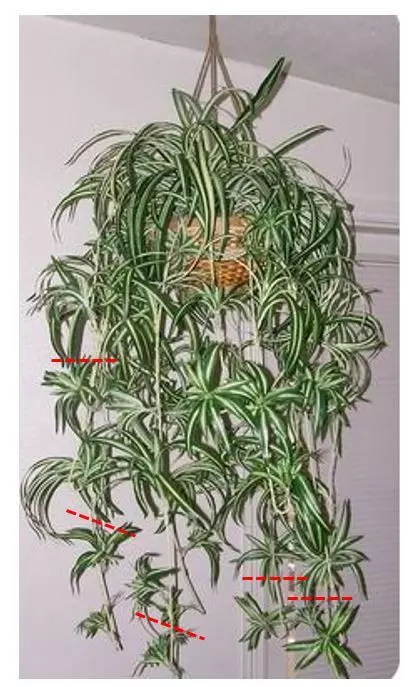
The part that will develop roots is not the stem that joins the plant to the mother (called stolon or runner), but the inferior part of the plant that already has an adventitious root.
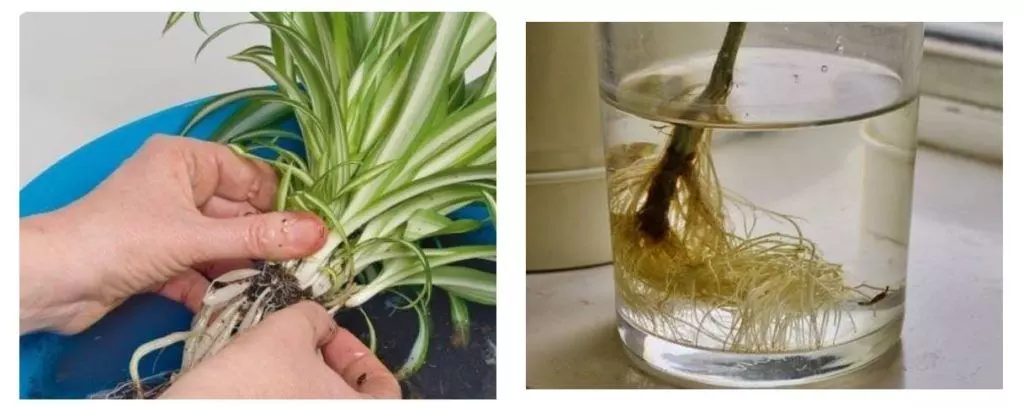
Finally, delicately perforate the plastic and place only the lower part of the child in contact with the water. The plastic allows separating the water from the rest of the plant that should not be in contact. Otherwise, it will rot.
Renew the water in the container every week and keep the light-moderate. Never offer direct sunlight.
Depending on the growing conditions, the child will have adequate roots to be transferred to the soil in 1 or 2 months.
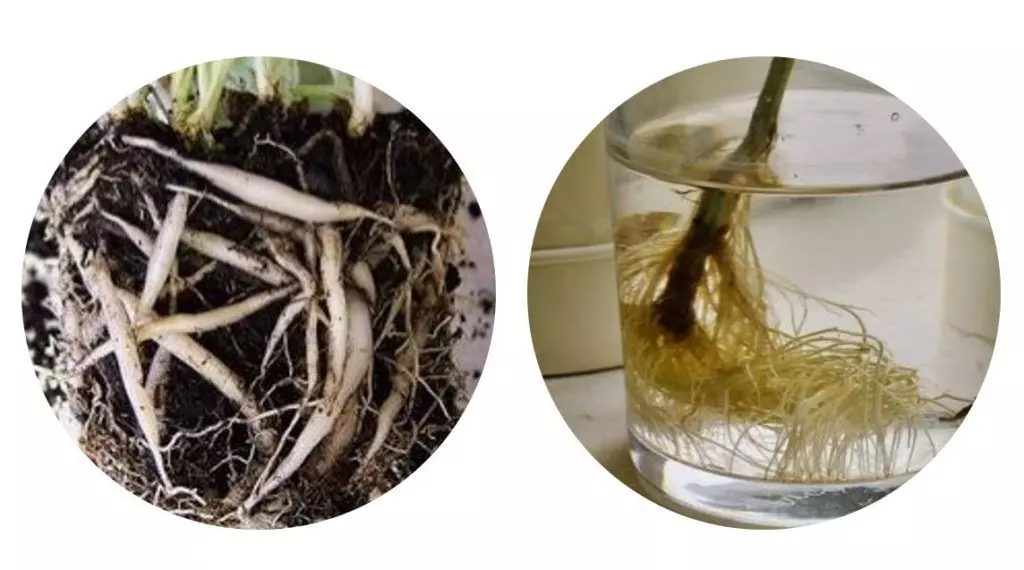
How to Propagate Spider Plant in Water
Temperature and Light for the development of the offspring
When grown indoors it adapts to many light and temperature conditions, even withstanding a low light or cold room. Outdoors it prefers indirect light or semi-shade since direct contact with the sun causes the leaves to turn yellow and burn.
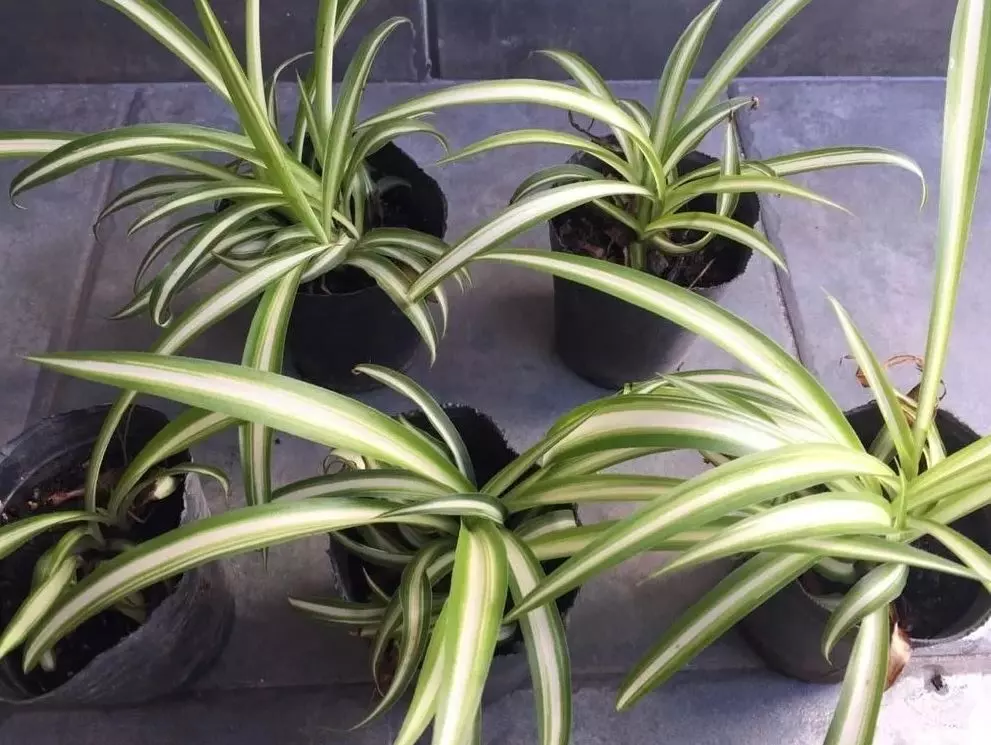
How Often Should I Water after Propagate
After transferred to the soil, you should water moderately, every ten days in winter. Only a couple of times a week in spring or summer, trying not to flood.
Why does My Spider Plant Have Brown Spots? Why do the Tips of the Leaves Turn Brown?
When conditions are very dry, the leaves of the Spider Plant will narrow and wrinkle. The tips wither, or brown spots may form. Although the lack of watering makes this plant ugly, in spite of this, the plant is revived when watered again, because its tuberous roots are capable of storing water and withstanding droughts.
Care for the Spider Plant Outdoors
When it is planted outdoors, it is necessary to try not to lower the temperature too much, because it does not tolerate the cold at least the aerial part, although it sprouts without difficulty in spring.
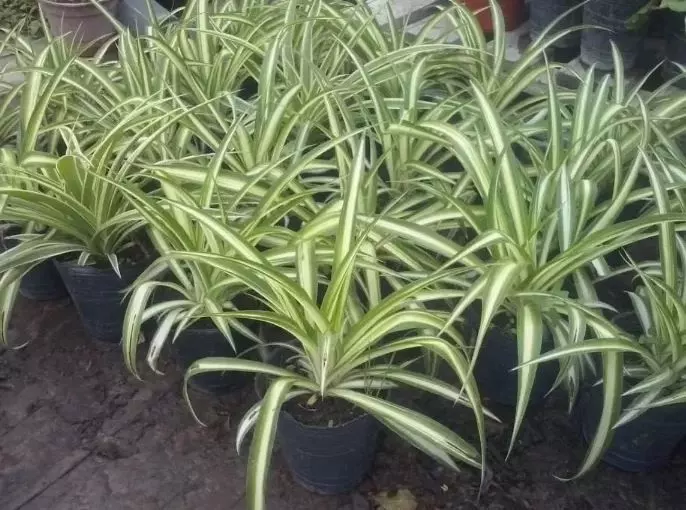
Uses
Very decorative plant in a pot being used much as a house plant, typical plant of patios and terraces, currently planted in parks and gardens in large groups in the shade.
